Dysregulated cancer cell transdifferentiation into erythrocytes is an additional metabolic stress in hepatocellular carcinoma
(2018)
Journal Article
Hughes, A., & Dhoot, G. K. (2018). Dysregulated cancer cell transdifferentiation into erythrocytes is an additional metabolic stress in hepatocellular carcinoma. Tumor Biology, 40(11), https://doi.org/10.1177/1010428318811467
A number of human and canine hepatocellular carcinoma tissues showed clear signs of hypoxia indicated by HIF1α-activation and the presence of large clusters of cells resembling erythrocytes at different stages of nuclear elimination without any defin... Read More about Dysregulated cancer cell transdifferentiation into erythrocytes is an additional metabolic stress in hepatocellular carcinoma.
